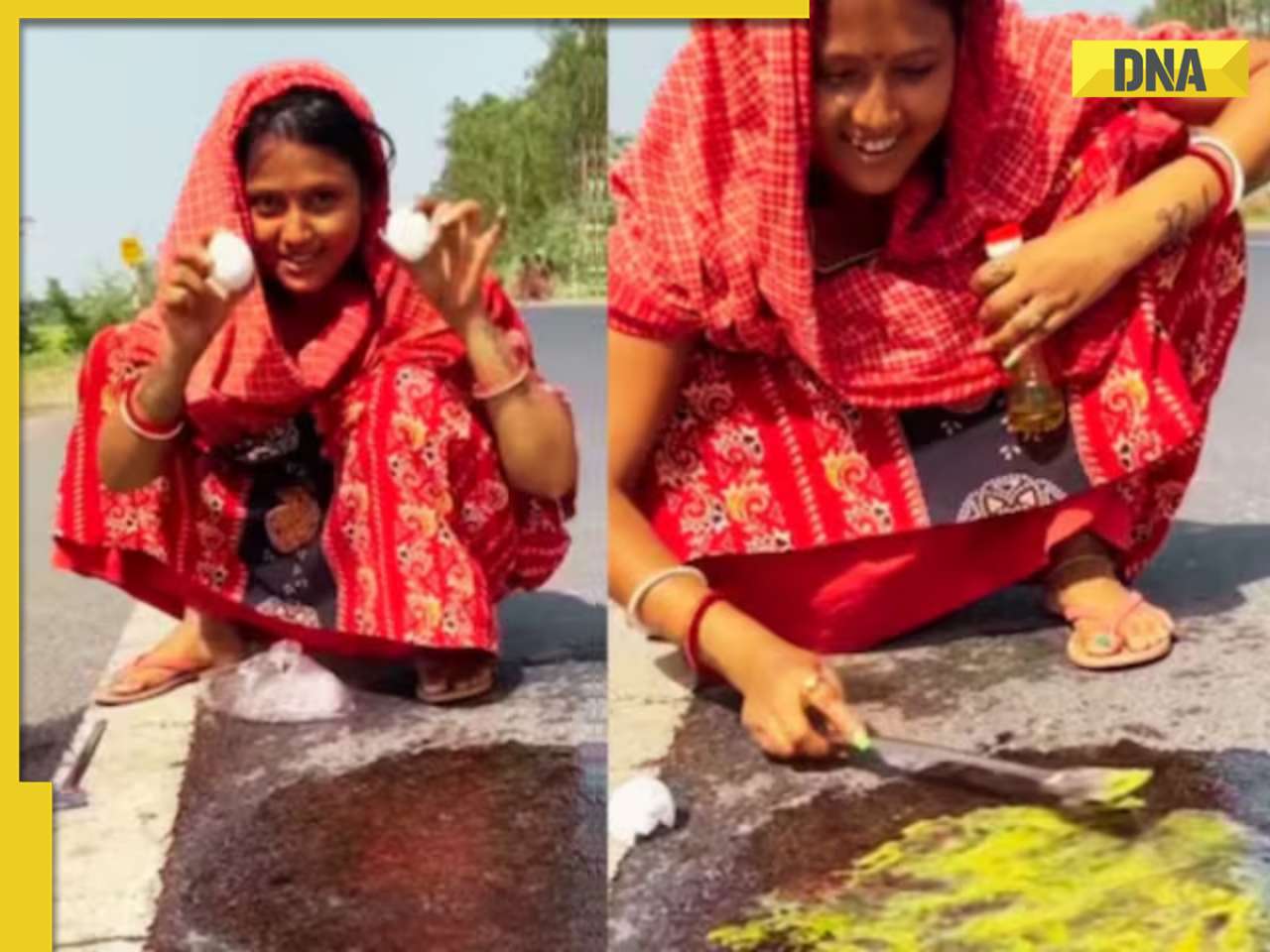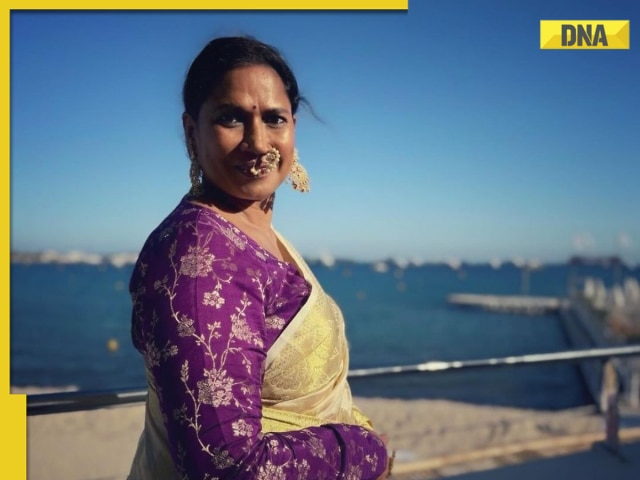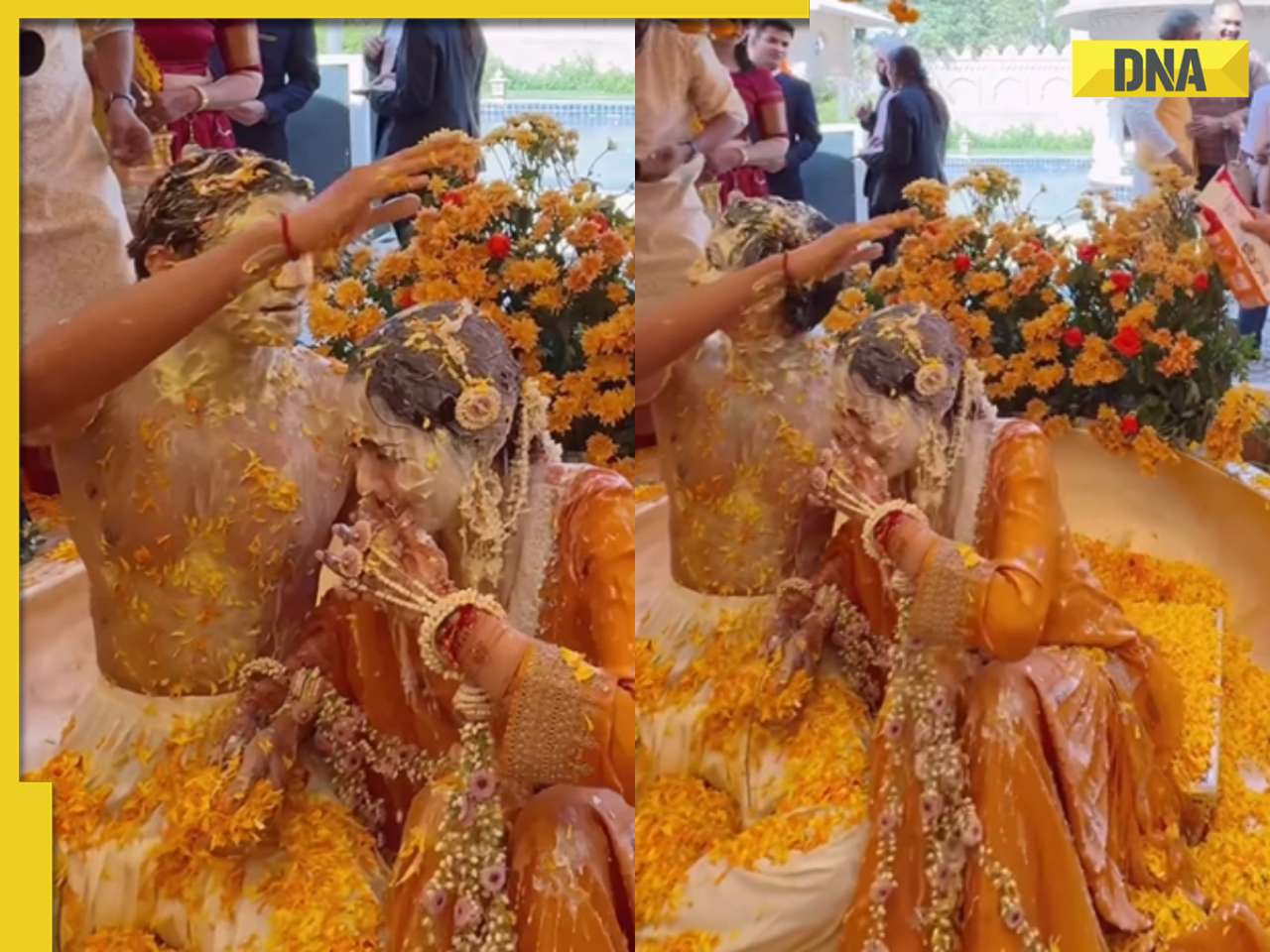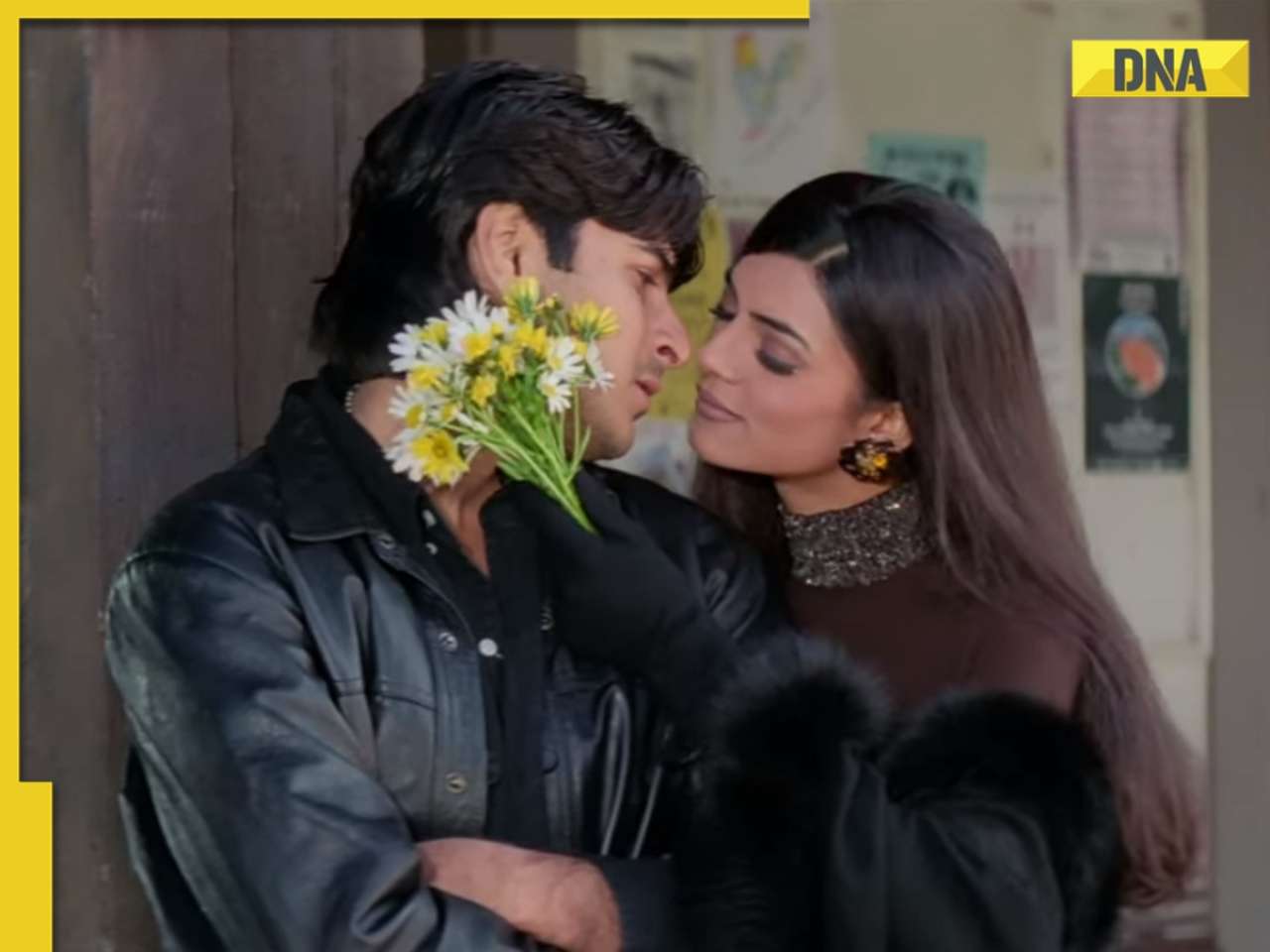The Maasai tribe is one of the largest in Kenya and they are known by the remarkable appearance of their warriors.
For some, a tribal village in Kenya conjures up images of men and women dancing around naked with leaves covering strategic parts.
However, you will be sorely disappointed if that is one of your expectations. On an eight day trip to Kenya, I had the good fortune of visiting a Maasai tribal village, with a population of over 200 men and women.
The Maasai tribe is one of the largest in Kenya and they are known by the remarkable appearance of their warriors, with their red clothing, intricate beaded jewellery, and a rich culture.
As we reached the village, a young Maasai introduced himself as our guide in surprisingly fluent English. He was dressed in a resplendent red and white cotton shawl worn over one shoulder with beaded jewellery adorning his neck and arms. With a wide grin, he invited us to call him by his English name — Leonard.
As we continued into the village, a dozen Maasai warriors dressed in red and carrying long sticks started humming and shouting. One by one, the Maasai warriors came forward and jumped while humming songs in their native tongue. We were astonished to see them jump as high as the quick footed gazelles that abounded Africa.
Our guide, Leonard, explained that it was a welcome dance ritual reserved for guests who come from far. Just as the men brought their dance to a flourishing halt, the women dressed in colourful cotton prints, came out holding each other’s hands. Singing merrily, they pulled us inside the village compound.
All of a sudden, we saw a fence of sticks, with mud houses constructed within the boundary. The village was housed in the vast Masai Mara forest where lions, rhinos, wild elephants shared space with them. The walls of the houses were built with dried cow dung.
We met a 117-year-old Maasai woman, one of the oldest in the tribe. They attribute their longevity and good health to their diet and a glass of cow blood everyday. Leonard explained that they cut a specific vein of a cow and collect the blood. Later on they heal the wound with herbs and salves and the same cow will not be touched for another six months to replenish their blood supply.
While others were merrily clicking photographs with the warriors, I tried to converse with a tall fierce looking Maasai. In broken English, he explained that he had successfully completed his initiation and has been recruited as a warrior.
Seeing my curiosity, he explained that all Maasai men have to undergo an initiation period once they turn 16. A group of boys are sent out in the bush with weapons to kill a lion. Upon a successful kill, the boys are declared “warriors”. I was astonished to know that the practice still continues. Leonard explained that the Kenyan government permits them to carry on the tradition.
Meanwhile, I was gently led by a Maasai man to a corner within the village where beaded jewellery made by the women, wooden carvings, drawings and paintings were laid out for tourists to buy. I was made to understand that prices are negotiable and was escorted by a Maasai who had a bright yellow cloth tied around his shoulder.
Being a Mumbaikar, I took to bargaining like a fish to water. The Maasai men even complimented me on my bargaining skills and consented to pose with me for a photograph.
While saying my farewells, the Maasai who posed with us after shopping said that he was willing to give my mother 10 cows in exchange for my hand in marriage. I did not give my mother the chance to make that decision! Unlike India’s dowry system, the men give a bride price of two or more cows to the girl’s family.
In a world that is in a hurry to forget its roots, it was heartening to see the Maasai maintaining their age-old traditions. However, in many ways, they have adjusted to the changing times and send their young children to school and college. Yet, we saw that the Maasai people were not tempted with the comforts luxury could bring. They still lit fire by rubbing sticks together and slept under the starry African sky which remains
unmarred by polluted grey smog.
![submenu-img]() Viral video: Woman tries to cook omelette on road, internet is not happy
Viral video: Woman tries to cook omelette on road, internet is not happy![submenu-img]() RCB cancels practice, press meet after threat to Virat Kohli's security ahead of IPL 2024 eliminator: Report
RCB cancels practice, press meet after threat to Virat Kohli's security ahead of IPL 2024 eliminator: Report ![submenu-img]() Meet Indian-origin man, IIT alumnus who is world's second-highest paid CEO, his salary per day is...
Meet Indian-origin man, IIT alumnus who is world's second-highest paid CEO, his salary per day is...![submenu-img]() RBI approves Rs 2.11 lakh crore dividend payout to Indian govt for 2023-24
RBI approves Rs 2.11 lakh crore dividend payout to Indian govt for 2023-24![submenu-img]() Mozz Guard Mosquito Zapper Reviews (Zap Guardian): Side effects, ingredients benefits, price
Mozz Guard Mosquito Zapper Reviews (Zap Guardian): Side effects, ingredients benefits, price![submenu-img]() IIT graduate builds Rs 1057990000000 company, leaves to get a job, now working as a….
IIT graduate builds Rs 1057990000000 company, leaves to get a job, now working as a….![submenu-img]() Indian Air Force Agniveervayu Recruitment 2024: Registration starts today, know eligibility, steps to apply
Indian Air Force Agniveervayu Recruitment 2024: Registration starts today, know eligibility, steps to apply![submenu-img]() Meet woman who was married at 16, faced domestic abuse, did odd jobs as single mom, became IAS officer, is posted at...
Meet woman who was married at 16, faced domestic abuse, did odd jobs as single mom, became IAS officer, is posted at...![submenu-img]() Maharashtra HSC 12th 2024: Result declared, know how to check
Maharashtra HSC 12th 2024: Result declared, know how to check![submenu-img]() Meet man who topped IIT-JEE, studied at IIT Bombay, then went to MIT, now is...
Meet man who topped IIT-JEE, studied at IIT Bombay, then went to MIT, now is...![submenu-img]() DNA Verified: Is CAA an anti-Muslim law? Centre terms news report as 'misleading'
DNA Verified: Is CAA an anti-Muslim law? Centre terms news report as 'misleading'![submenu-img]() DNA Verified: Lok Sabha Elections 2024 to be held on April 19? Know truth behind viral message
DNA Verified: Lok Sabha Elections 2024 to be held on April 19? Know truth behind viral message![submenu-img]() DNA Verified: Modi govt giving students free laptops under 'One Student One Laptop' scheme? Know truth here
DNA Verified: Modi govt giving students free laptops under 'One Student One Laptop' scheme? Know truth here![submenu-img]() DNA Verified: Shah Rukh Khan denies reports of his role in release of India's naval officers from Qatar
DNA Verified: Shah Rukh Khan denies reports of his role in release of India's naval officers from Qatar![submenu-img]() DNA Verified: Is govt providing Rs 1.6 lakh benefit to girls under PM Ladli Laxmi Yojana? Know truth
DNA Verified: Is govt providing Rs 1.6 lakh benefit to girls under PM Ladli Laxmi Yojana? Know truth![submenu-img]() AI models show bikini style for perfect beach holiday this summer
AI models show bikini style for perfect beach holiday this summer![submenu-img]() Laapataa Ladies actress Chhaya Kadam ditches designer clothes, wears late mother's saree, nose ring on Cannes red carpet
Laapataa Ladies actress Chhaya Kadam ditches designer clothes, wears late mother's saree, nose ring on Cannes red carpet![submenu-img]() Urvashi Rautela mesmerises in blue celestial gown, her dancing fish necklace steals the limelight at Cannes 2024
Urvashi Rautela mesmerises in blue celestial gown, her dancing fish necklace steals the limelight at Cannes 2024![submenu-img]() Kiara Advani attends Women In Cinema Gala in dramatic ensemble, netizens say 'who designs these hideous dresses'
Kiara Advani attends Women In Cinema Gala in dramatic ensemble, netizens say 'who designs these hideous dresses'![submenu-img]() Influencer Diipa Büller-Khosla looks 'drop dead gorgeous' in metallic structured dress at Cannes 2024
Influencer Diipa Büller-Khosla looks 'drop dead gorgeous' in metallic structured dress at Cannes 2024![submenu-img]() DNA Explainer: Why was Iranian president Ebrahim Raisi, killed in helicopter crash, regarded as ‘Butcher of Tehran’?
DNA Explainer: Why was Iranian president Ebrahim Raisi, killed in helicopter crash, regarded as ‘Butcher of Tehran’?![submenu-img]() DNA Explainer: Why did deceased Iranian President Ebrahim Raisi wear black turban?
DNA Explainer: Why did deceased Iranian President Ebrahim Raisi wear black turban?![submenu-img]() Iran President Ebrahim Raisi's death: Will it impact gold, oil prices and stock markets?
Iran President Ebrahim Raisi's death: Will it impact gold, oil prices and stock markets?![submenu-img]() Haryana Political Crisis: Will 3 independent MLAs support withdrawal impact the present Nayab Saini led-BJP government?
Haryana Political Crisis: Will 3 independent MLAs support withdrawal impact the present Nayab Saini led-BJP government?![submenu-img]() DNA Explainer: Why Harvey Weinstein's rape conviction was overturned, will beleaguered Hollywood mogul get out of jail?
DNA Explainer: Why Harvey Weinstein's rape conviction was overturned, will beleaguered Hollywood mogul get out of jail?![submenu-img]() Watch: Kapil Sharma's daughter complains as paps click her photos in viral video, says 'papa aapne kaha tha ki...'
Watch: Kapil Sharma's daughter complains as paps click her photos in viral video, says 'papa aapne kaha tha ki...'![submenu-img]() Watch: Anil Kapoor hijacks The Great Indian Kapil Show, Farah Khan reveals which actor is 'most kanjoos' in Bollywood
Watch: Anil Kapoor hijacks The Great Indian Kapil Show, Farah Khan reveals which actor is 'most kanjoos' in Bollywood![submenu-img]() Manoj Bajpayee reveals why Anurag Kashyap didn’t work with him for 14 years: ‘My career was going down, he didn’t...'
Manoj Bajpayee reveals why Anurag Kashyap didn’t work with him for 14 years: ‘My career was going down, he didn’t...'![submenu-img]() Sanjay Dutt quits Welcome 3 after fallout with Akshay Kumar? Report says he walked out after first day because...
Sanjay Dutt quits Welcome 3 after fallout with Akshay Kumar? Report says he walked out after first day because...![submenu-img]() Allu Arjun enjoys lunch with wife Sneha at dhaba; fans hail his ‘simplicity’ despite Pushpa success
Allu Arjun enjoys lunch with wife Sneha at dhaba; fans hail his ‘simplicity’ despite Pushpa success![submenu-img]() Viral video: Woman tries to cook omelette on road, internet is not happy
Viral video: Woman tries to cook omelette on road, internet is not happy![submenu-img]() Groom saves bride from unexpected milk bath during haldi ceremony, viral video melts internet
Groom saves bride from unexpected milk bath during haldi ceremony, viral video melts internet![submenu-img]() Viral video captures epic showdown between two king cobras, watch who wins
Viral video captures epic showdown between two king cobras, watch who wins![submenu-img]() Viral video: Woman's 'Senorita' dance steals hearts during RCB vs CSK match in Bengaluru, watch
Viral video: Woman's 'Senorita' dance steals hearts during RCB vs CSK match in Bengaluru, watch ![submenu-img]() Viral video: Lion's terrifying ambush on napping wildebeest stuns internet, watch
Viral video: Lion's terrifying ambush on napping wildebeest stuns internet, watch


























































)
)
)
)
)
)